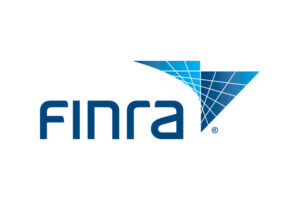Filing an IPO registration statement is a complex process that involves several steps.
Here are the key components:
Selection of underwriters: The company selects one or more investment banks to serve as underwriters for the IPO. The underwriters help the company prepare the registration statement and conduct due diligence on the company’s financials and business operations.
Drafting the registration statement: The company and its underwriters draft a registration statement, which includes a prospectus that describes the offering and the company’s business, financials, and risks.
Filing with the SEC: The registration statement is filed with the Securities and Exchange Commission (SEC), which reviews the document for compliance with securities laws and regulations.
SEC review process: The SEC reviews the registration statement and may request additional information or clarification from the company. Once the SEC is satisfied with the disclosure in the registration statement, it declares the registration statement effective, allowing the company to begin selling shares to the public.
The prospectus is a key component of the registration statement and must include information about the company’s business, financials, and risks. Here are some of the specific items that are required to be disclosed in the prospectus:
Business description: The prospectus must include a detailed description of the company’s business, including its products and services, target markets, and competitive landscape.
Financials: The prospectus must include audited financial statements for the past three years, as well as unaudited financial information for the most recent quarter. This information includes the company’s income statement, balance sheet, and cash flow statement.
Use of proceeds: The prospectus must disclose how the company plans to use the proceeds from the offering.
Risk factors: The prospectus must include a discussion of the risks associated with investing in the company, including risks related to the industry, competition, and the company’s financial condition.
Management and ownership: The prospectus must include information about the company’s management team and its ownership structure, including the number and type of shares held by each major shareholder.
Legal proceedings: The prospectus must disclose any material legal proceedings involving the company or its management team.
The prospectus must also meet specific formatting and disclosure requirements, as set forth by the SEC.







